Sleek-looking Recessed Pulls
Clean, sleek, and contemporary, Brian Hubel's recessed pulls can work almost anywhere.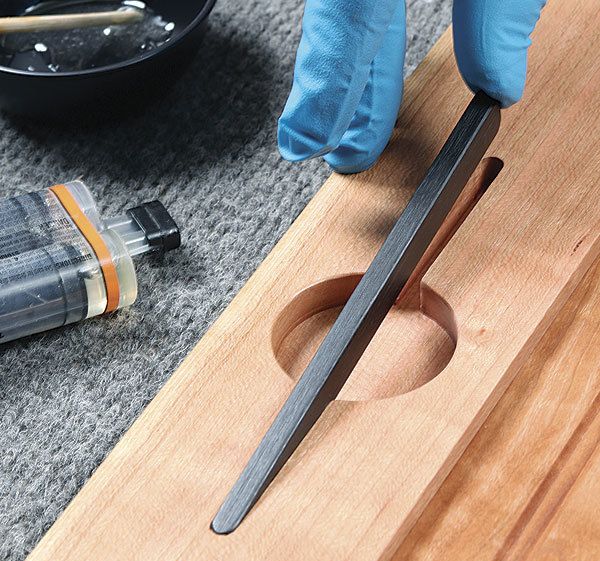
Synopsis: Clean, sleek, and contemporary, Brian Hubel’s recessed pulls can work almost anywhere. The recess can be almost any shape, and can go partway or all the way through. They can be shaped or sculpted, horizontal or vertical, centered or skewed to the side. Regardless, they all begin with a template and finish with a router.
Early in my career, after finishing off a piece of furniture with store-bought pulls, I felt something was missing. Pulls can be a powerful design element, and I realized the hardware was a lost opportunity to design and create something unique and more fitting to the piece.
As my furniture style developed, I came up with this recessed pull design, which is clean and sleek to my eye, and adds a contemporary feel. With their low profile, these pulls are particularly useful for sliding doors or interior drawers, but they can work almost anywhere. The recess can be almost any shape, and can go partway or all the way through. It can also be shaped or sculpted—I sometimes cut free-form recesses and pair them with a curved finger hold. And the finger hold can be horizontal or vertical, centered or skewed to one side.
Using a simple router template with a guide bushing, I create both the round recess and the groove for the finger hold in one shot. To be sure that the pulls end up in precisely the right spot, it is best to rout them after the door or drawer is made and test-fitted to its opening.
Start with a drawing and template
The first step is to get a full-scale design onto paper and then attach it to a 1⁄4-in.-thick MDF template. Remember to allow for the router bushing offset. For this pull I used a 1⁄4-in.-dia. bit and a 3⁄8-in.-dia. bushing, so I drew the circular hole for the template 1⁄8 in. larger in diameter than the central recess I wanted in the pull.
In addition to the recess, I laid out the groove for the finger hold. I like the look of a 1⁄4-in.-thick finger hold, so I drew out a straight 3⁄8-in.-wide groove, which will keep the bushing on track with no wandering.
For the full article, download the PDF below:



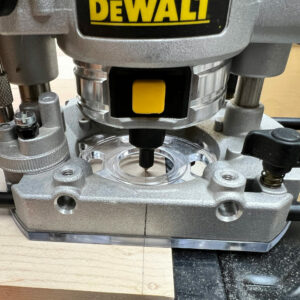
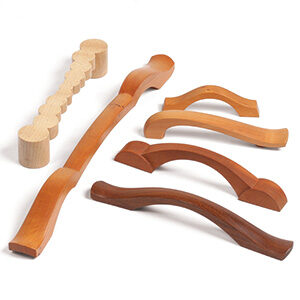
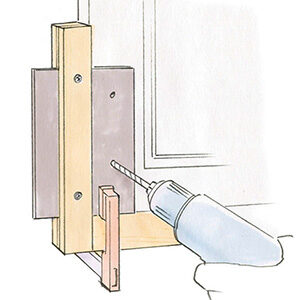
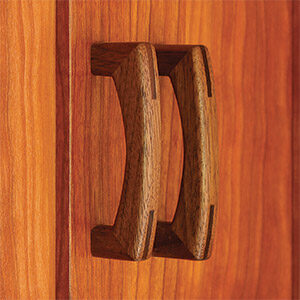



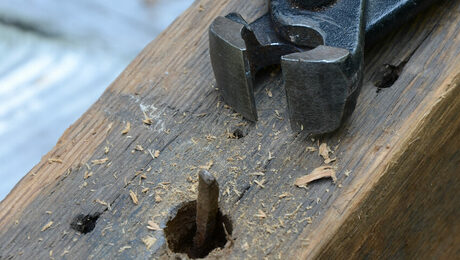
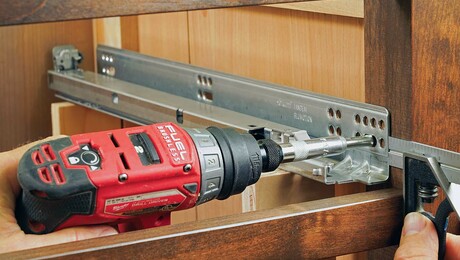

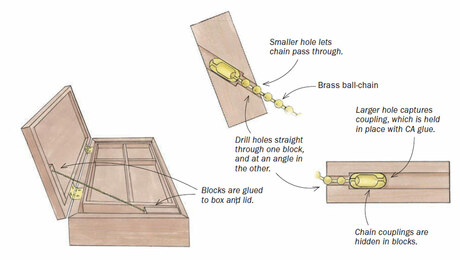








Log in or create an account to post a comment.
Sign up Log in